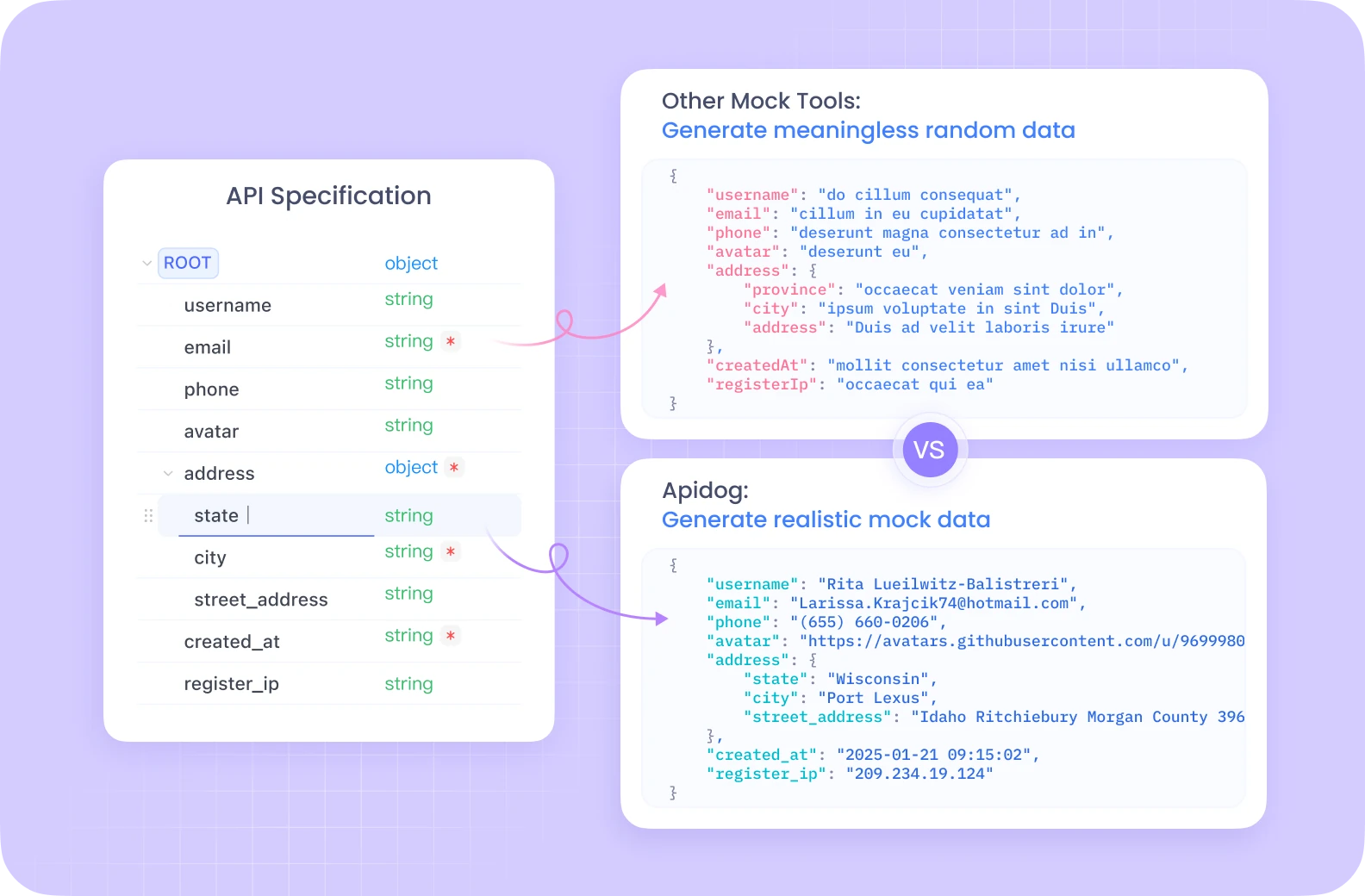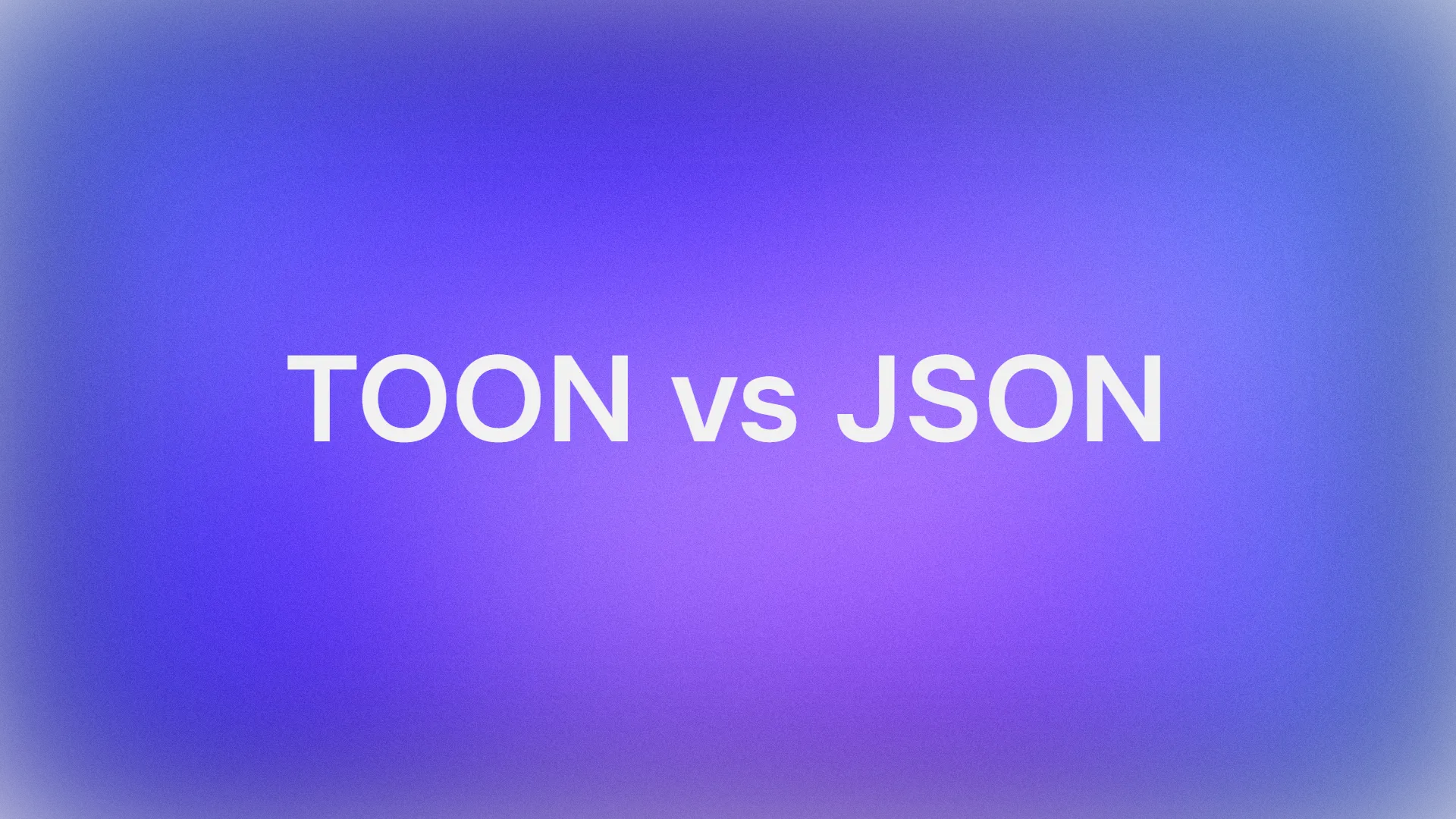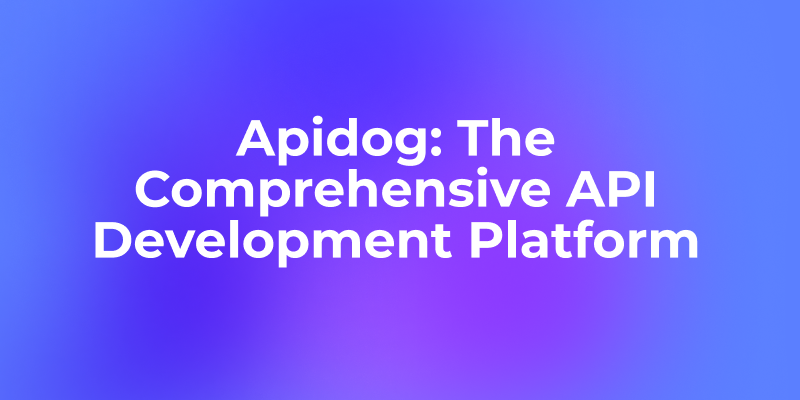Application Programming Interfaces (APIs) are the linchpins of modern applications, facilitating communication and data exchange between disparate services. For developers, an efficient and powerful HTTP/API client is an indispensable tool for building, testing, and managing these crucial components. While Postman has long been a dominant force in this arena, a diverse ecosystem of powerful alternatives has emerged, each offering unique features and workflows to cater to the varied needs of today's development teams.
This article explores ten of the best alternatives to Postman, providing a detailed look at what makes each a compelling choice. From open-source, community-driven projects to enterprise-grade testing platforms, these clients offer a rich tapestry of functionalities. We will pay special attention to our number one pick, a tool that is rapidly gaining acclaim for its comprehensive feature set and forward-thinking approach to API development.
1. Apidog: The All-in-One Powerhouse with a Focus on API Docs and AI
At the top of our list is Apidog, a comprehensive, all-in-one API lifecycle platform that goes far beyond the capabilities of a simple API client. Apidog is designed to be a single source of truth for your APIs, seamlessly integrating design, debugging, testing, mocking, and documentation into a unified workflow. This holistic approach ensures that your API documentation is never an afterthought but a living, breathing component of the development process, always in sync with the latest changes.

What truly sets Apidog apart are its innovative features centered around API documentation and artificial intelligence, making it an incredibly powerful tool for modern development teams.
Stunning, Automated API Docs: Apidog excels at generating beautiful, interactive, and easy-to-understand API documentation directly from your API definitions. This eliminates the tedious and error-prone process of manually writing and updating documentation. As you design and modify your API within Apidog, the documentation is updated in real-time, ensuring accuracy and consistency. This "design-first" approach means that your team and any consumers of your API always have access to the most current information.
Zero-Code API Specification Creation: Apidog empowers both developers and non-developers to create and manage API specifications through a modern and intuitive graphical user interface (GUI). This "Zero-Code" approach means you can visually construct your API's endpoints, parameters, request bodies, and responses without writing a single line of OpenAPI (formerly Swagger) or any other specification language. This visual editor simplifies the often complex process of API design, making it more accessible and efficient. For those who prefer a code-based approach, Apidog still offers robust support for importing and editing OpenAPI specifications.

AI-Friendly by Design
In an era where artificial intelligence is becoming increasingly integrated into the development workflow, Apidog has positioned itself as a truly AI-friendly platform. It has native support for emerging standards like LLMs.txt, a file that provides instructions to Large Language Models (LLMs) on how to effectively understand and interact with your API documentation. This allows AI-powered tools and agents to better comprehend your API's capabilities, paving the way for exciting possibilities in AI-driven development and "Vibe Coding," where developers can interact with and manipulate APIs using natural language prompts. Apidog’s architecture is also well-suited for the Model Context Protocol (MCP), an emerging standard for connecting LLMs to APIs, further solidifying its position as a forward-looking tool.
We’re thrilled to share that MCP support is coming soon to Apidog! 🚀
— Apidog (@ApidogHQ) March 19, 2025
Apidog MCP Server lets you feed API docs directly to Agentic AI, supercharging your vibe coding experience! Whether you're using Cursor, Cline, or Windsurf - it'll make your dev process faster and smoother.… pic.twitter.com/ew8U38mU0K
By focusing on the entire API lifecycle and embracing the power of AI, Apidog not only serves as a superior alternative to Postman but also offers a glimpse into the future of API development.
2. Insomnia: The Sleek and Extensible Open-Source Client
Insomnia has garnered a loyal following for its clean, intuitive interface and powerful feature set. As an open-source tool, it is highly extensible and customizable, with a thriving community that contributes to its ongoing development. Insomnia excels at handling a wide range of API types, including REST, GraphQL, and gRPC, making it a versatile choice for developers working with diverse technology stacks. Its "design-first" approach allows you to define your API specification using OpenAPI and then use that definition to drive your testing and debugging efforts. With features like environment variables, request chaining, and a powerful templating system, Insomnia provides a robust and developer-friendly experience.
3. Paw: The Native macOS Power User's Dream
For developers on macOS, Paw is a beautifully designed and feature-rich API client that feels right at home on the platform. Its native interface is both aesthetically pleasing and highly functional, offering a smooth and intuitive user experience. Paw's standout feature is its "Dynamic Values" system, which allows you to generate and manipulate data for your API requests in powerful ways. You can chain requests, extract data from previous responses, and even write custom JavaScript extensions to perform complex calculations or generate authentication signatures on the fly. Paw also offers excellent team collaboration features and can generate client code in a variety of languages, making it a highly productive tool for Mac-based development teams.
4. ReadyAPI: The Enterprise-Grade Testing Suite
For large organizations and enterprises with complex testing requirements, ReadyAPI by SmartBear is a comprehensive and powerful platform that goes far beyond the capabilities of a standard API client. ReadyAPI is a suite of tools that includes functional testing, load testing, security testing, and API virtualization. This allows teams to create robust and automated testing pipelines for their APIs, ensuring their reliability, performance, and security. While it has a steeper learning curve and a higher price tag than many of the other tools on this list, ReadyAPI's enterprise-grade features and extensive reporting capabilities make it an ideal choice for mission-critical APIs in large-scale environments.
5. Testfully: The No-Code Automation Specialist
Testfully is a modern API client that places a strong emphasis on no-code automated testing. It allows you to create complex test scenarios, validate responses, and perform contract testing using a simple, declarative format, without needing to write any code. This makes it an excellent choice for teams that want to implement a robust testing strategy without a heavy reliance on developers with specialized testing knowledge. Testfully also offers a powerful command-line interface (CLI) for integrating your tests into your CI/CD pipelines, as well as features like request chaining and a folder runner for executing multiple requests at once.
6. Firecamp: The Multi-Protocol Specialist
In today's diverse technological landscape, developers often need to work with a variety of API protocols beyond traditional REST. Firecamp is an API client that shines in this area, offering first-class support for GraphQL, WebSocket, Socket.IO, and Server-Sent Events (SSEs) in addition to REST. This multi-protocol support is integrated into a single, unified interface, allowing you to seamlessly switch between different types of APIs without needing to use multiple tools. Firecamp's collaborative features and its focus on a developer-centric experience make it a strong contender for teams working with a wide range of real-time and event-driven APIs.
7. Swagger UI: The Industry Standard for Documentation
While not a full-fledged API client in the same vein as the others on this list, Swagger UI is an indispensable tool for anyone working with APIs. It takes an OpenAPI specification and automatically generates beautiful, interactive API documentation that allows developers to explore and test your API directly in their browser. Because it is the de facto industry standard for API documentation, many of the other clients on this list can import Swagger/OpenAPI specifications to bootstrap their own collections and tests. For teams that prioritize clear and accessible documentation, Swagger UI is an essential part of the API development workflow.
8. Hoppscotch: The Open-Source, Web-Based Darling
Hoppscotch (formerly known as Postwoman) is a free, open-source, and web-based API client that has gained immense popularity for its speed, simplicity, and accessibility. Because it runs entirely in your browser, there's no need to install any software, and you can access your API collections from anywhere. Hoppscotch supports a wide range of protocols, including REST, GraphQL, and WebSocket, and offers features like environment variables, pre-request scripts, and a history of your requests. Its vibrant open-source community is constantly adding new features and improvements, making Hoppscotch an exciting and rapidly evolving platform.
9. Bruno: The Git-Native, Offline-First Innovator
Bruno is a relatively new API client that is taking a fundamentally different approach to collaboration and data storage. Instead of relying on cloud-based syncing, Bruno stores your API collections directly in your local filesystem using a plain-text, human-readable format. This allows you to use Git or any other version control system to manage your API collections, just as you would with your source code. This Git-native approach provides a powerful and familiar workflow for developers, enabling them to review changes, create branches, and collaborate on API development using pull requests. For teams that value an offline-first, version-controlled approach, Bruno offers a compelling and innovative alternative.
10. Testim: The AI-Powered Functional Testing Platform
Rounding out our list is Testim, an AI-powered platform that focuses on functional and end-to-end testing of web applications, including their underlying APIs. While not strictly a standalone API client, Testim's ability to create and execute tests that span both the UI and the API layers makes it a powerful tool for ensuring the overall quality of your application. Its AI-powered locators and self-healing tests help to reduce the maintenance overhead of your test suites, while its visual editor makes it easy for both developers and QA engineers to create and manage tests. For teams that want a holistic approach to application testing, Testim is an excellent choice.
Conclusion: Finding the Right Tool for the Job
The world of API clients is rich and diverse, offering a wealth of options for developers seeking alternatives to Postman. While Postman remains a capable tool, the ten clients highlighted in this article each bring something unique to the table.
For teams looking for a comprehensive, all-in-one solution that prioritizes modern features like automated documentation and AI-readiness, Apidog stands out as the clear leader. Its focus on the entire API lifecycle and its innovative "Zero-Code" and "AI-Friendly" features make it a truly next-generation platform.
Ultimately, the best API client for you will depend on your specific needs, workflows, and technology stack. Whether you prioritize simplicity and elegance like Insomnia and Paw, enterprise-grade testing like ReadyAPI, no-code automation like Testfully, multi-protocol support like Firecamp, industry-standard documentation like Swagger UI, open-source accessibility like Hoppscotch, or a Git-native workflow like Bruno, there is a tool on this list that can help you build better APIs, faster. By exploring these alternatives, you can find the perfect companion for your API development journey.
Want an integrated, All-in-One platform for your Developer Team to work together with maximum productivity?
Apidog delivers all your demands, and replaces Postman at a much more affordable price!



